La Muralla Roja: A Masterpiece Of Postmodern Spanish Architecture By Ricardo Bofill
- 27 Dec 2023
- By Paras Gandhi
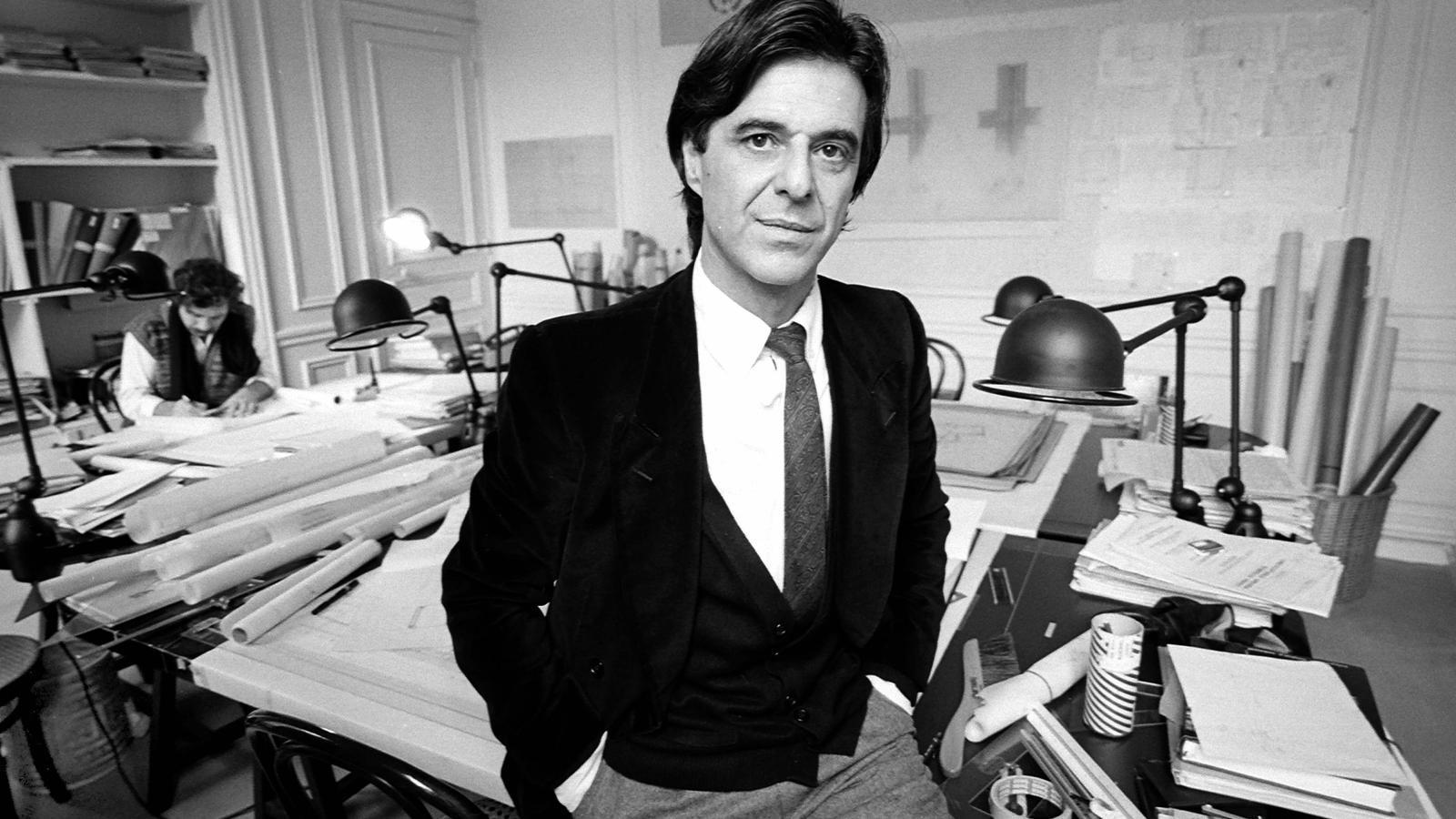
Ricardo Bofill, a renowned Spanish architect, is celebrated for his visionary designs that seamlessly blend art, architecture, and urban planning. With a career spanning over six decades, Bofill has left an indelible mark on the architectural world through his innovative and avant-garde creations, characterizing a unique fusion of aesthetics and functionality.
Here are three of Ricardo Bofill's most notable works:
1. La Muralla Roja (The Red Wall):
Located in Calpe, Spain, this residential complex is an iconic example of Bofill's unique architectural style. Its striking geometric design, featuring interconnected staircases and vibrant red and blue hues, has made it a symbol of postmodern architecture.
2. Walden 7:
Situated in Sant Just Desvern, Spain, Walden 7 is a housing complex that resembles a futuristic, interconnected maze of apartments. Bofill's design here is a testament to his innovative approach to communal living spaces.
3. Les Espaces d'Abraxas:
This housing complex in Noisy-le-Grand, France, is a grand and theatrical structure with dramatic, neo-classical elements. It is a remarkable example of Bofill's ambition and vision in creating unconventional, monumental spaces.
These works showcase Bofill's ability to blend artistic and functional elements into architectural masterpieces, redefining the boundaries of traditional design.
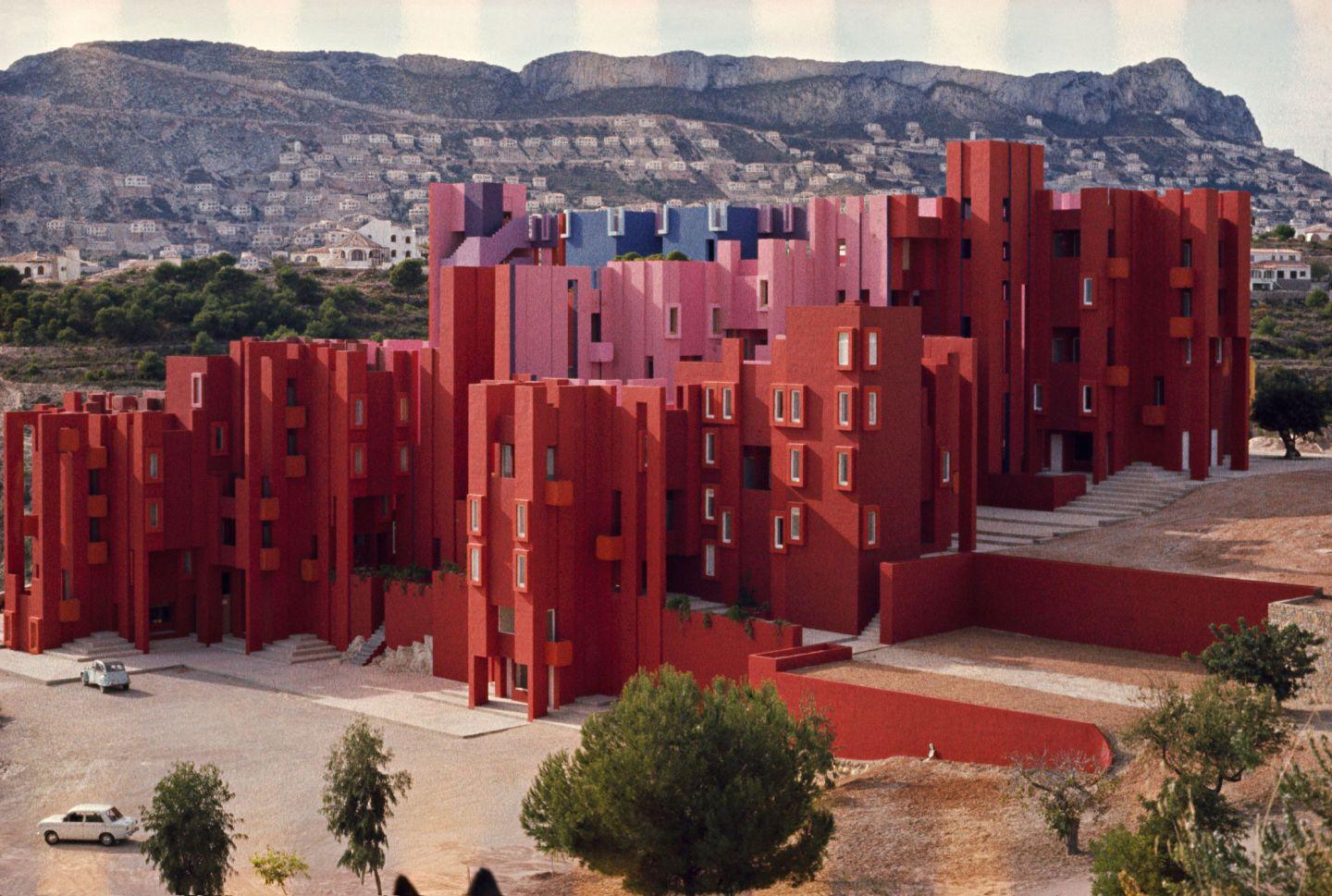
La Muralla Roja
Nestled along the picturesque Mediterranean coast of Calpe, Spain, the architectural marvel known as "La Muralla Roja" or "The Red Wall" stands as an exceptional testament to the creative genius of renowned architect Ricardo Bofill. This residential complex is a vibrant representation of postmodern architecture, characterized by its striking geometric design, interconnected staircases, and a mesmerizing interplay of vibrant red and blue hues. In this article, we delve into the captivating world of La Muralla Roja, exploring its design, significance, and the enduring impact it has had on the world of architecture.
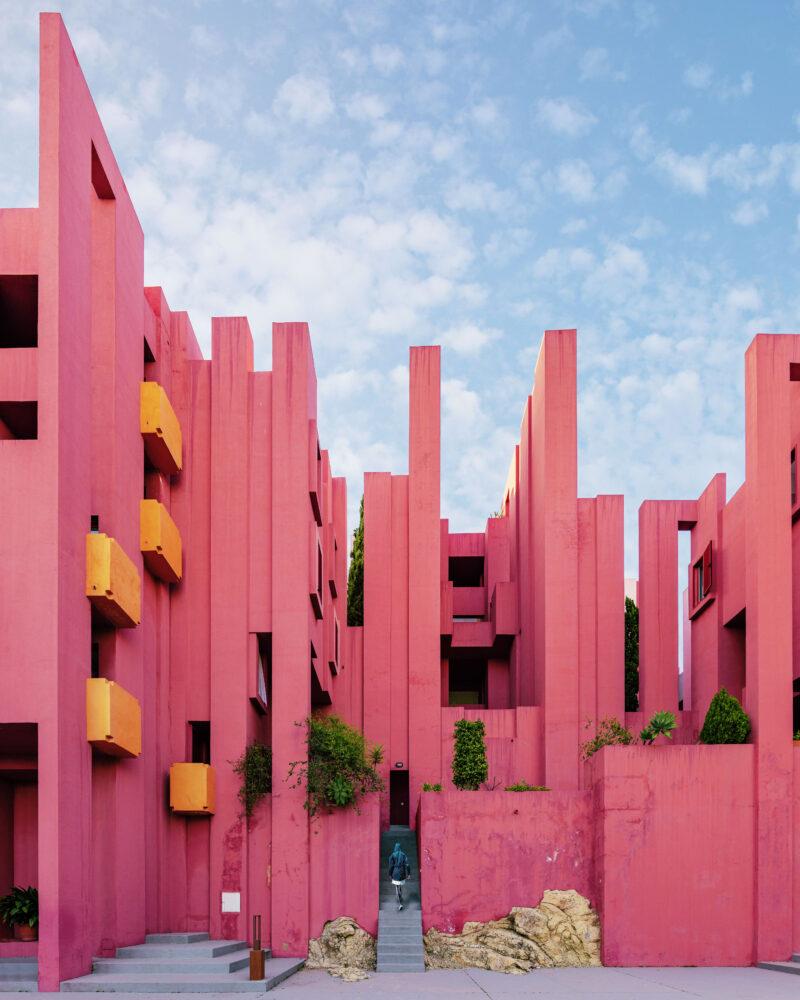
The Concept of La Muralla Roja
La Muralla Roja, designed in the 1960s and completed in 1973, emerges as a striking example of postmodern architecture. It was envisioned as a residential complex that defies convention in every aspect of its design. The name "La Muralla Roja" translates to "The Red Wall," and this complex is characterized by the extensive use of vibrant red and blue hues. The geometric design of the building and its interconnected staircases contribute to its otherworldly appearance, making it an architectural treasure in the heart of Spain.
The Geometric Marvel
One of the most distinctive features of La Muralla Roja is its mesmerizing geometric design. The complex consists of a series of interconnected, angular structures that seemingly rise from the cliffs overlooking the Mediterranean Sea. This design is not only visually striking but also functional, as it provides stunning views of the surrounding landscape from various vantage points within the complex. The sharp angles and geometric precision of the buildings evoke a sense of otherworldly beauty, transporting visitors to a realm of architectural wonder.
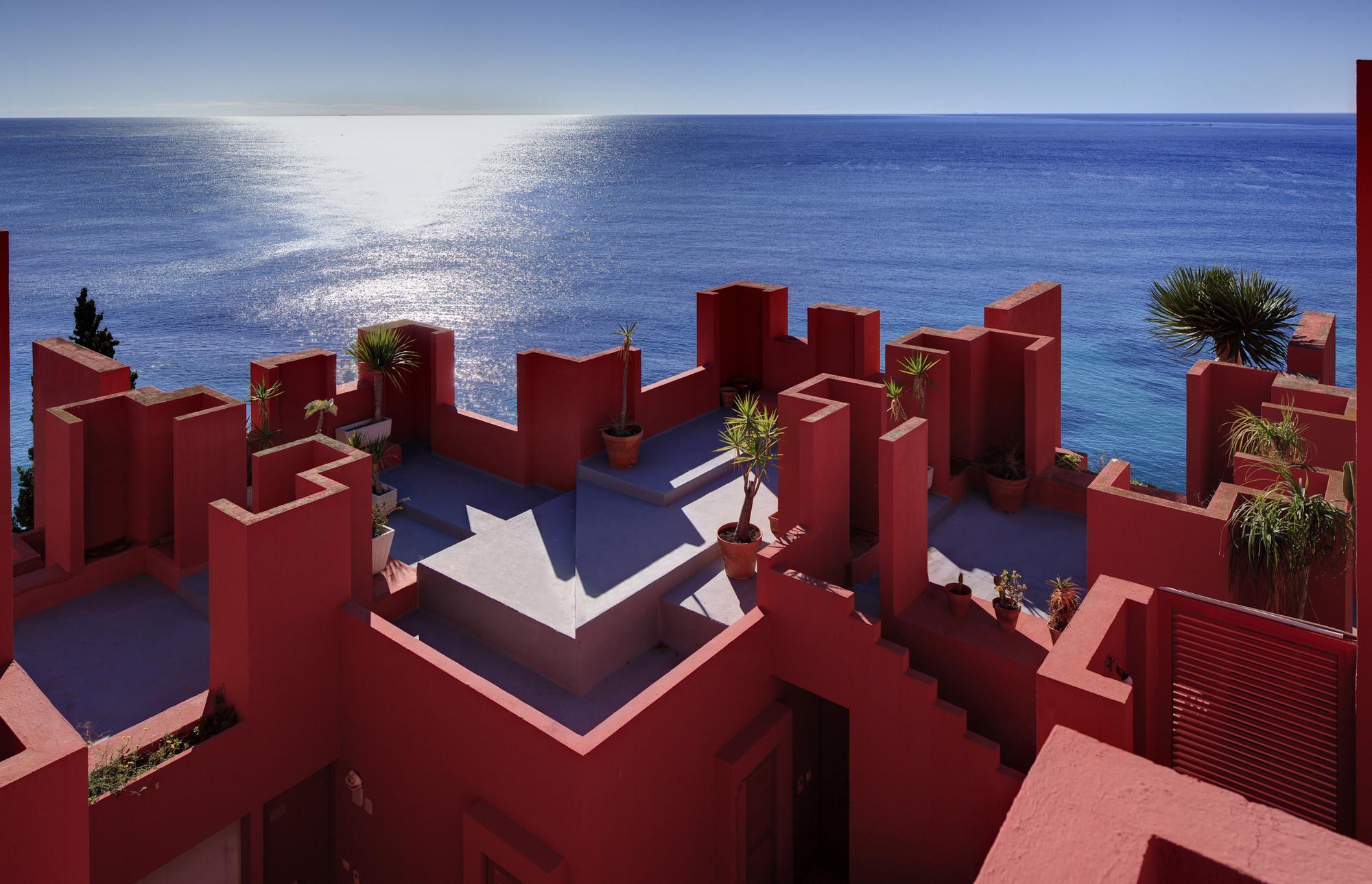
Vibrant Red and Blue Hues
La Muralla Roja's vibrant red and blue hues are perhaps its most iconic and visually arresting feature. The use of these bold and contrasting colours is a deliberate departure from the traditional earthy tones often seen in residential architecture. The red and blue walls, balconies, and terraces create a stunning visual contrast against the backdrop of the clear blue Mediterranean sky. These colours not only serve an aesthetic purpose but also contribute to the play of light and shadow throughout the complex, enhancing its dramatic appeal.
Postmodern Architecture at its Finest
La Muralla Roja stands as a prime example of postmodern architecture. Postmodernism, as an architectural movement, emerged in the mid-20th century and sought to break away from the rigid constraints of modernist design. Postmodern architects, like Bofill, embraced diversity, symbolism, and a departure from conventional norms. La Muralla Roja embodies these principles, with its playful use of form, colour, and spatial arrangement. It challenges the viewer's perceptions and offers a unique sensory experience.
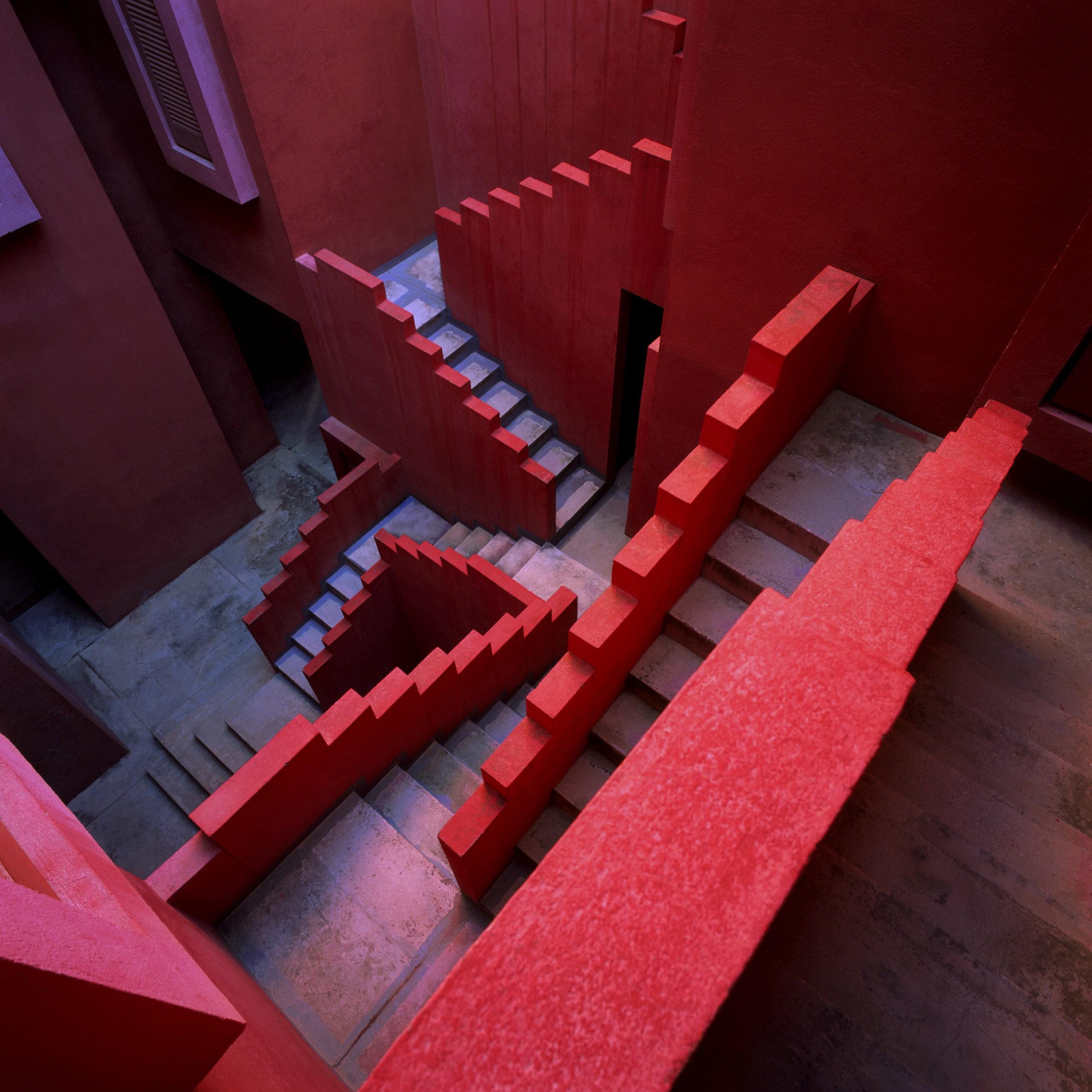
The Complex Layout
La Muralla Roja comprises 50 apartments, each with its own distinct layout and design. The interconnected staircases and labyrinthine passages create a sense of exploration within the complex. Residents and visitors alike find themselves navigating through a series of terraces, courtyards, and hidden corners, each offering a different perspective of the architecture and the surrounding environment.
The Significance of La Muralla Roja
La Muralla Roja represents more than just a residential complex; it is a testament to the artistic vision and architectural prowess of Ricardo Bofill. The complex has gained international recognition and has become a cultural landmark in Spain. Its unique design has made it a source of inspiration for architects, designers, and artists worldwide, pushing the boundaries of what can be achieved in residential architecture.
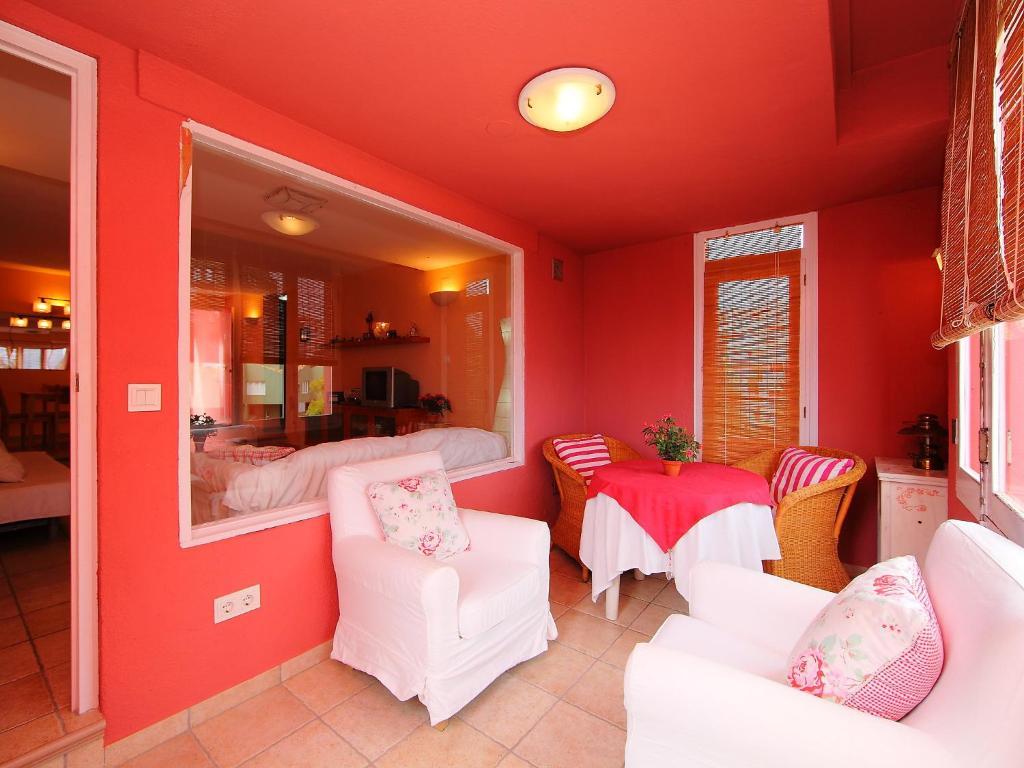
La Muralla Roja's Influence
La Muralla Roja's bold and unconventional design has had a lasting impact on the world of architecture. It has contributed to the redefinition of residential spaces, challenging the traditional notions of what housing should be. Its vibrant color palette and geometric complexity have served as a source of inspiration for countless architects and designers who seek to inject creativity and innovation into their work.
Visiting La Muralla Roja
For those eager to experience the wonder of La Muralla Roja firsthand, it is possible to visit the complex. While it is primarily a residential building, guided tours are occasionally available, allowing visitors to explore its labyrinthine passages and marvel at its architecture. It is recommended to check in advance for tour availability and any restrictions that may be in place.
La Muralla Roja, designed by the visionary architect Ricardo Bofill, stands as an iconic symbol of postmodern architecture in Spain. Its geometric design, vibrant red and blue hues, and interconnected staircases create a mesmerizing and unforgettable experience. This residential complex challenges the norms of residential architecture and continues to inspire architects and enthusiasts alike. La Muralla Roja is a testament to the power of architectural innovation and the enduring legacy of a true architectural genius. As a beacon of creativity, it encourages us all to push the boundaries of what is possible in the world of design and architecture.
Recently Published
loves or pursues or
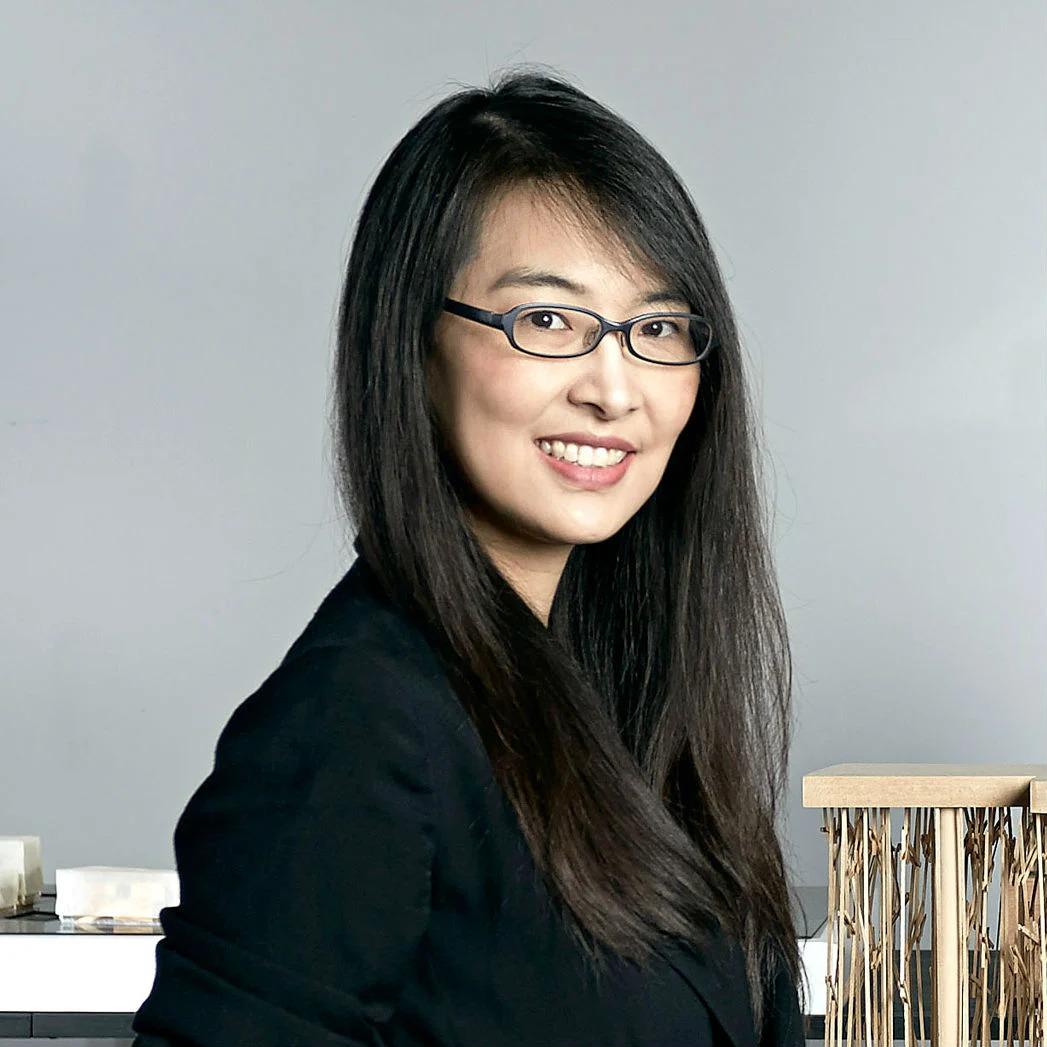
.jpg)

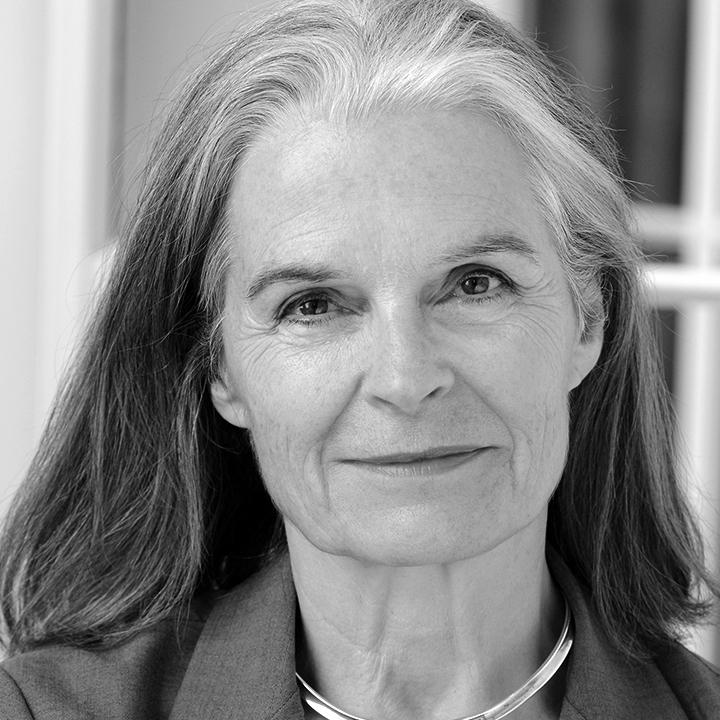
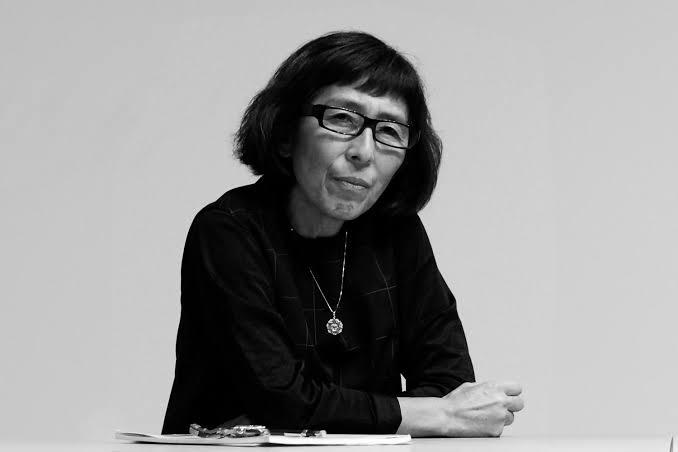
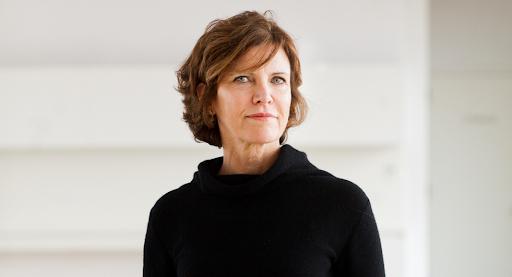
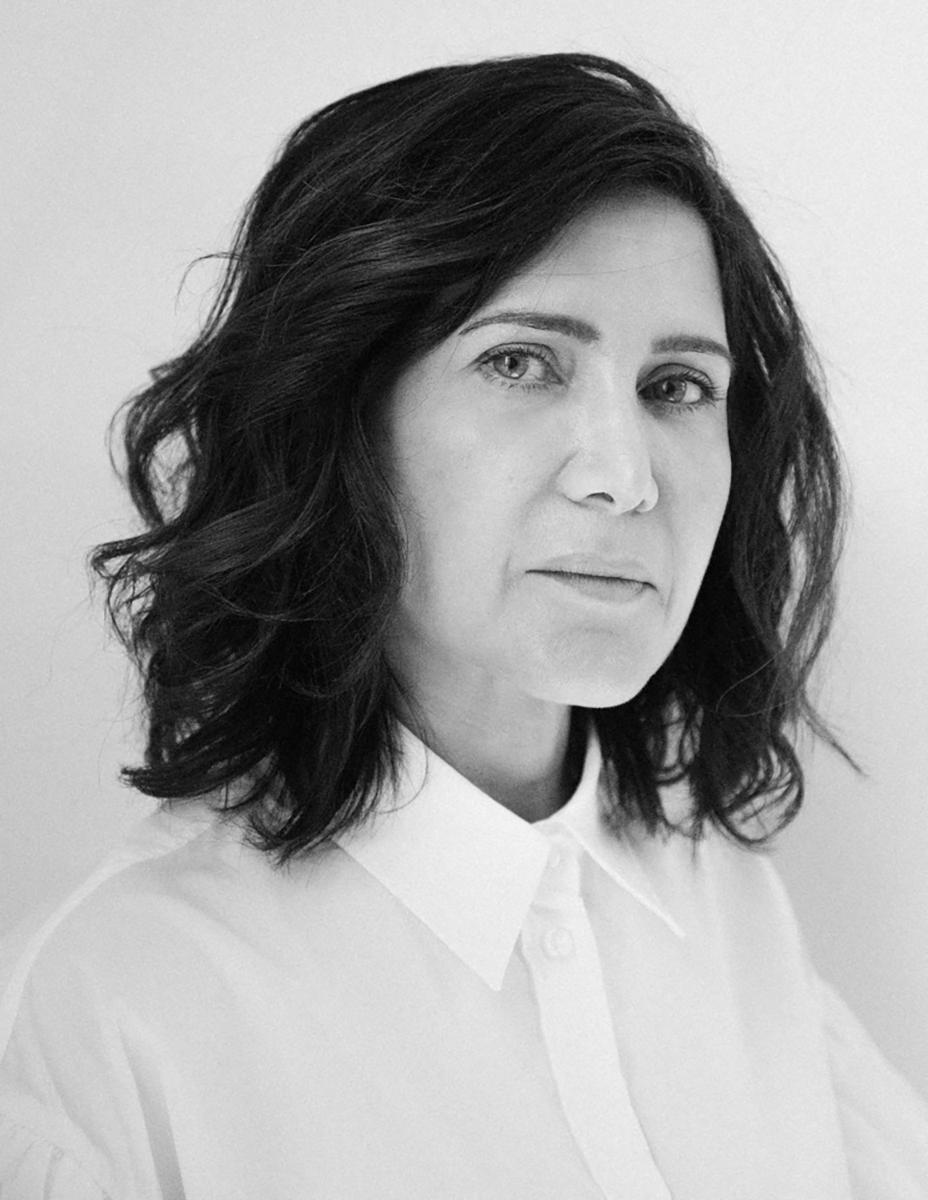
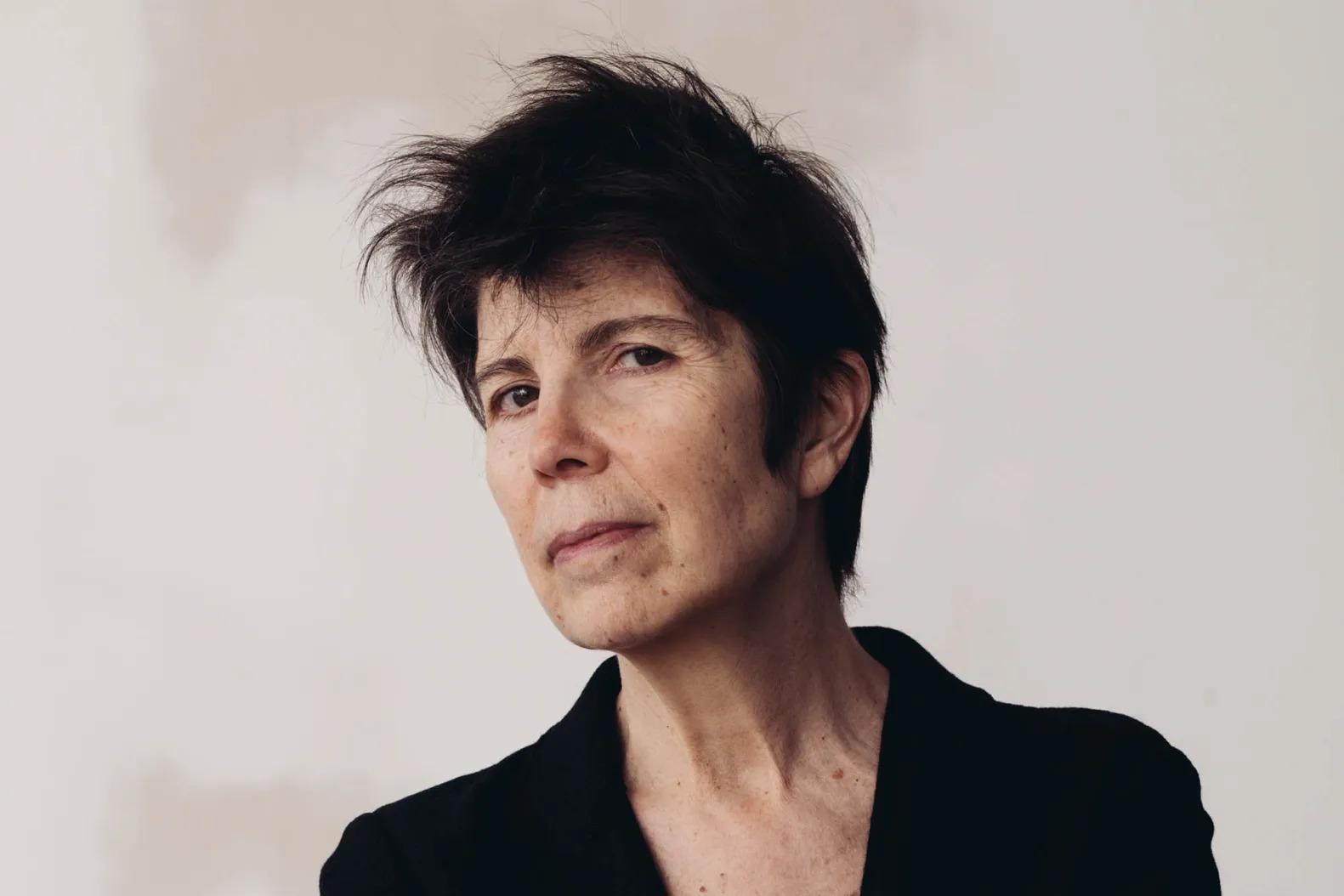
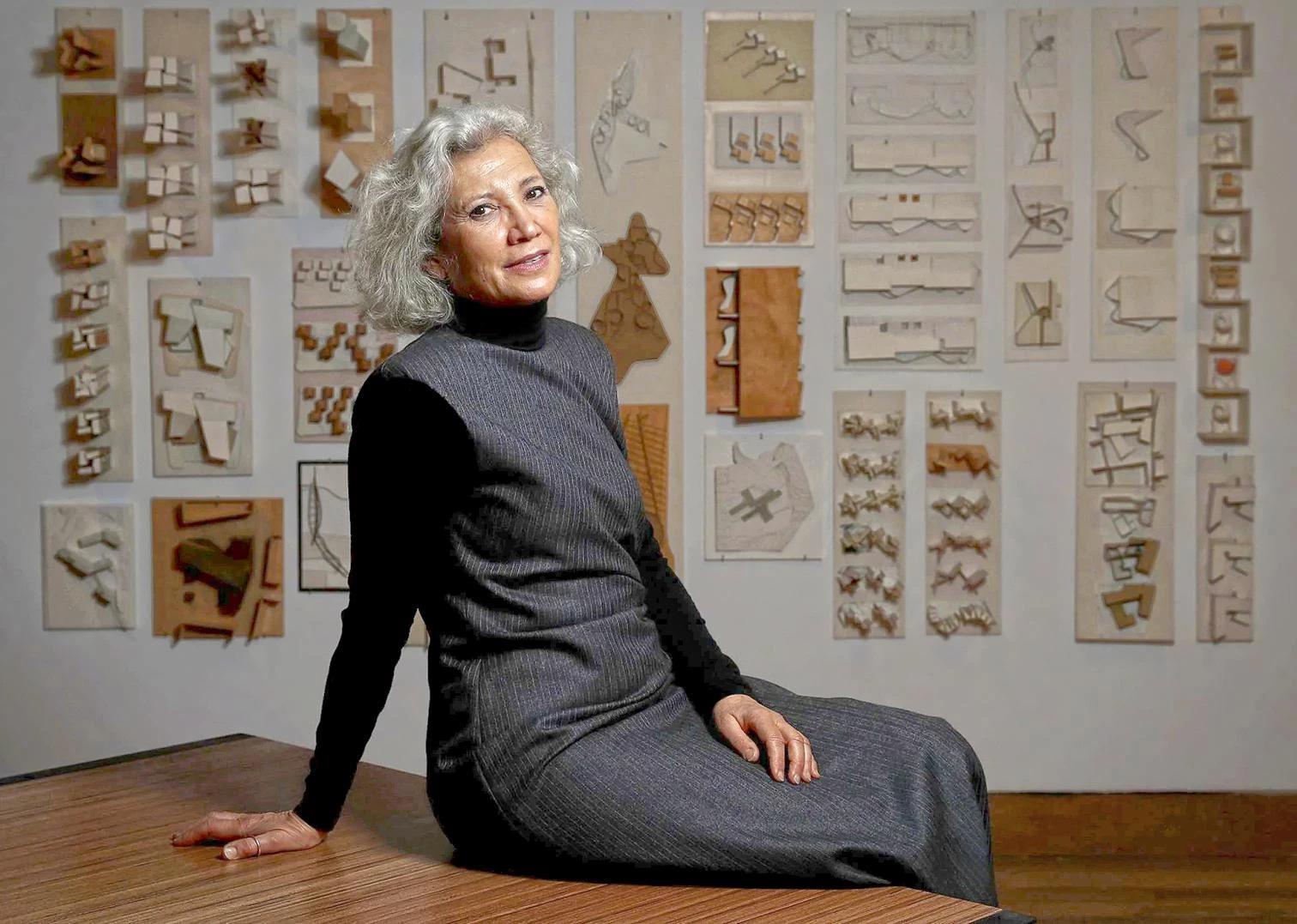
.jpg)